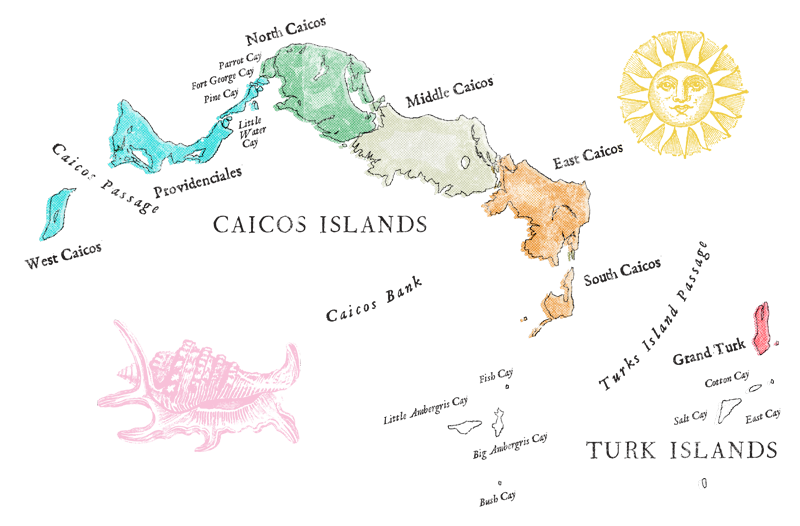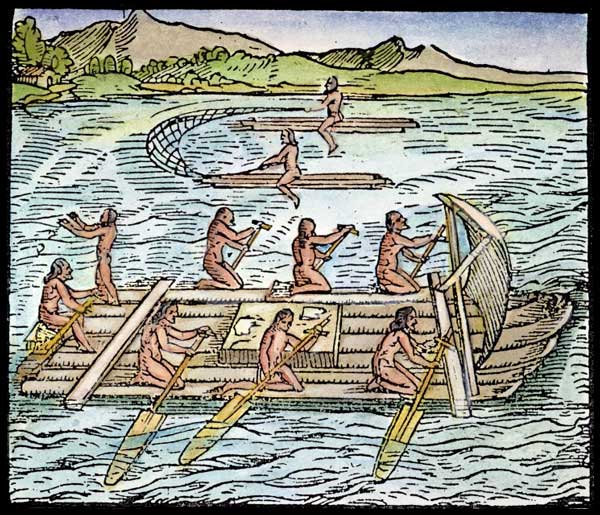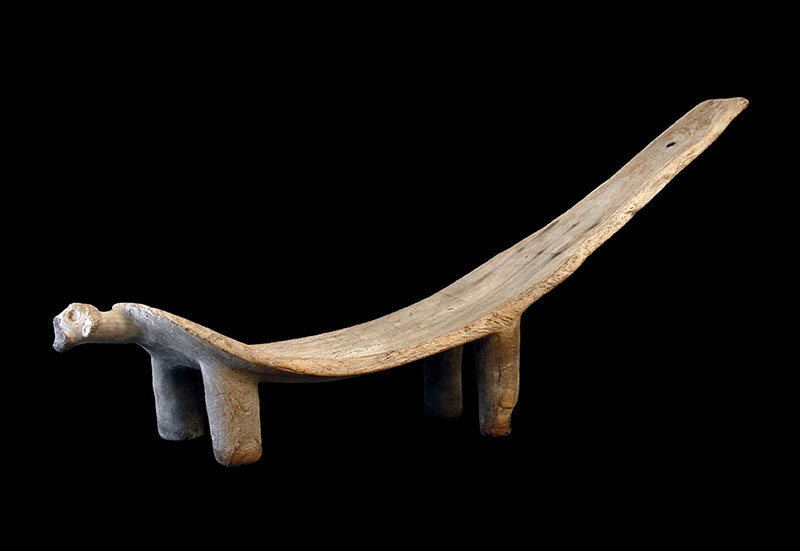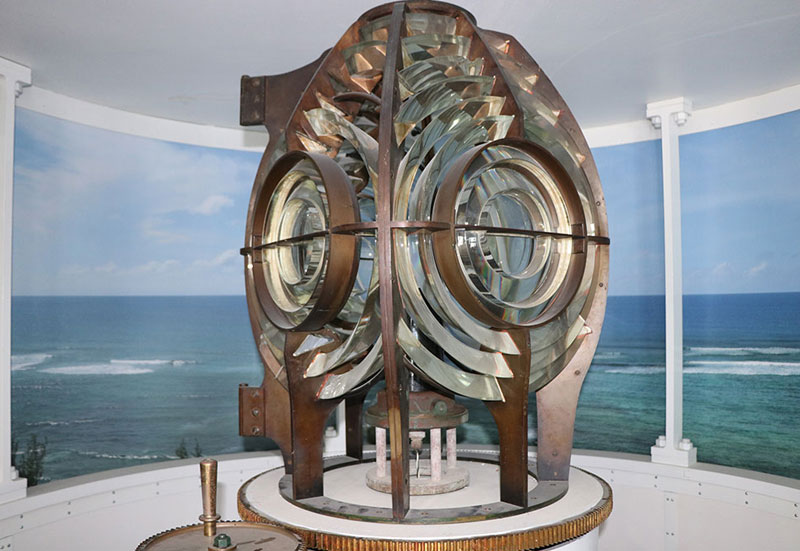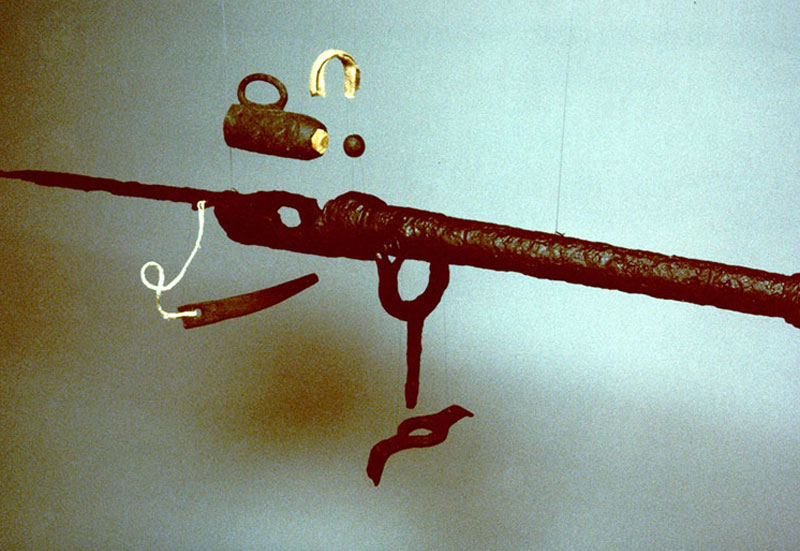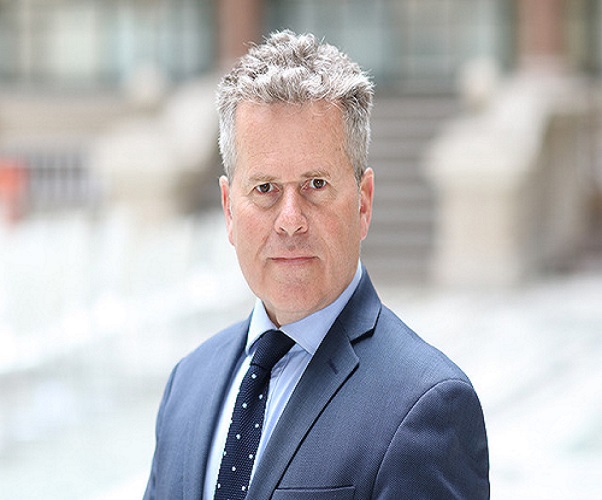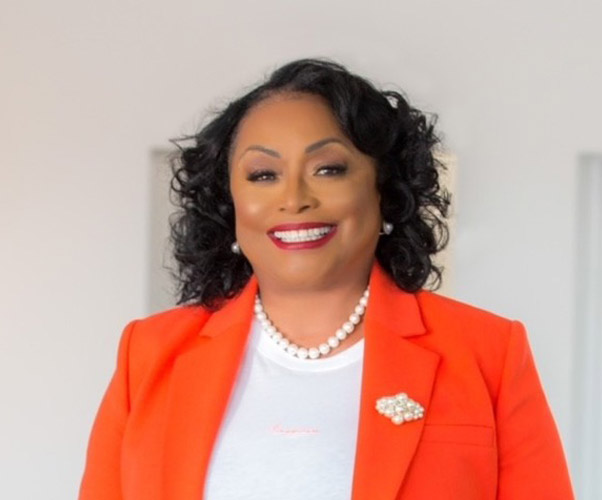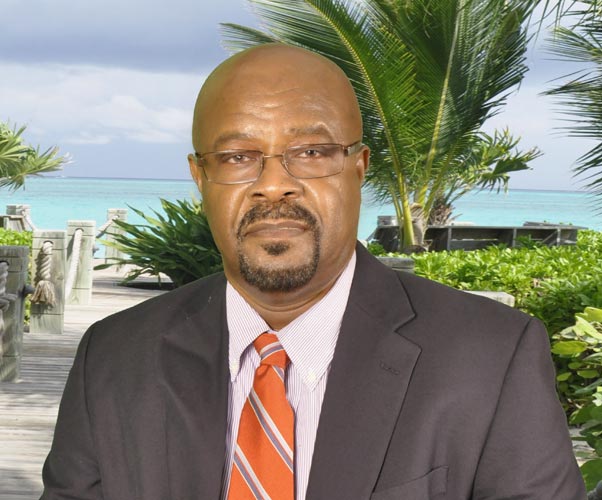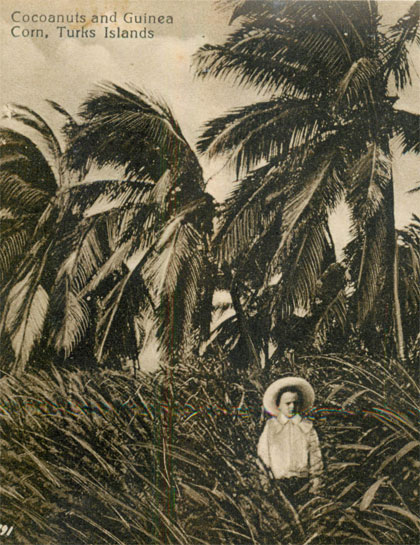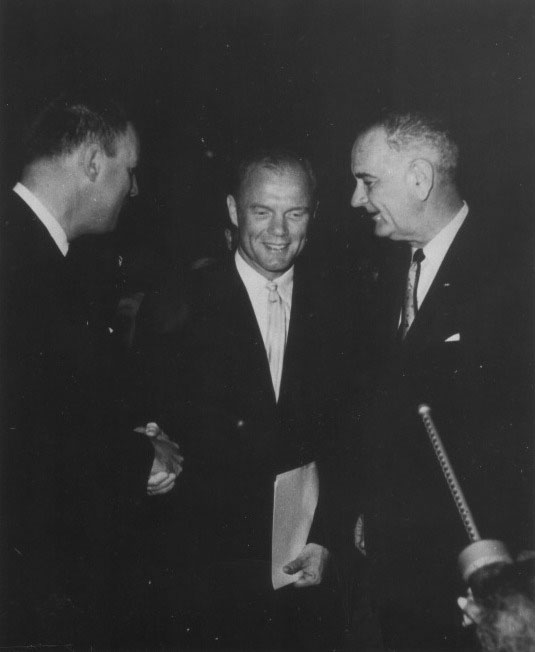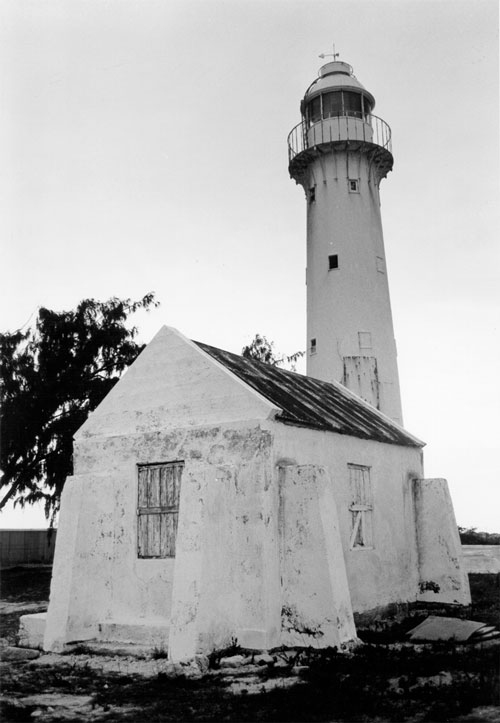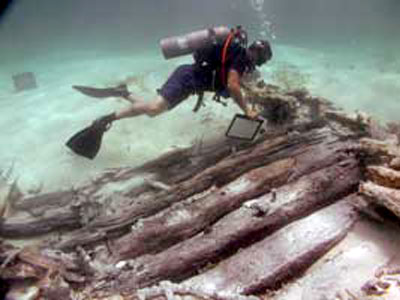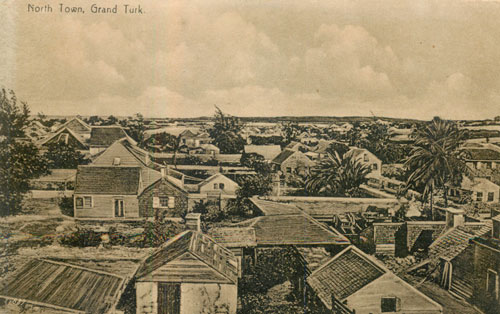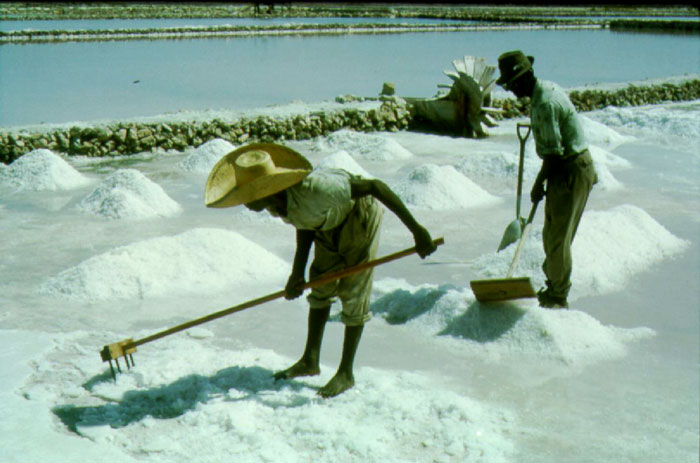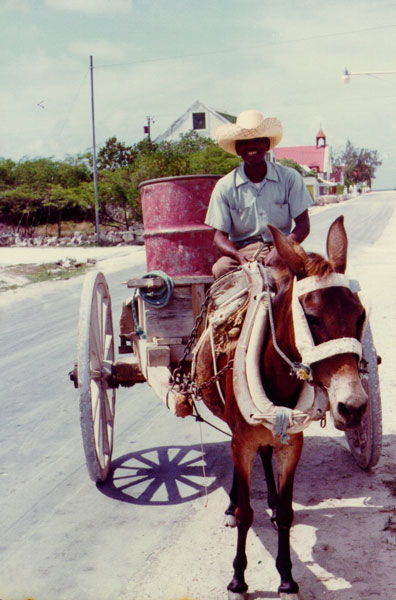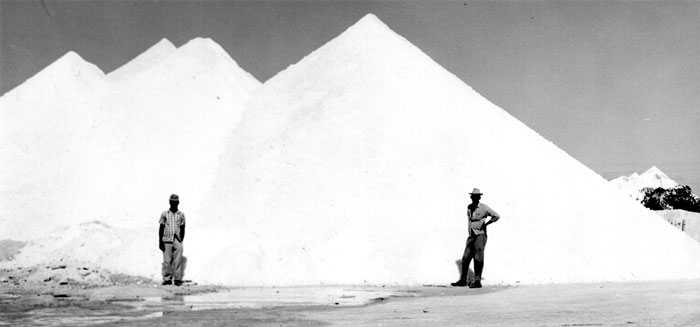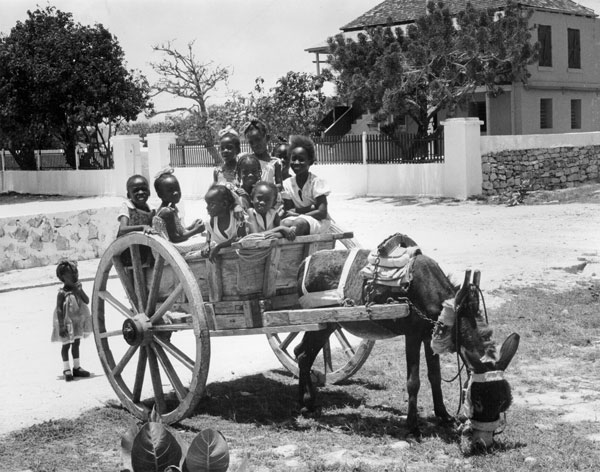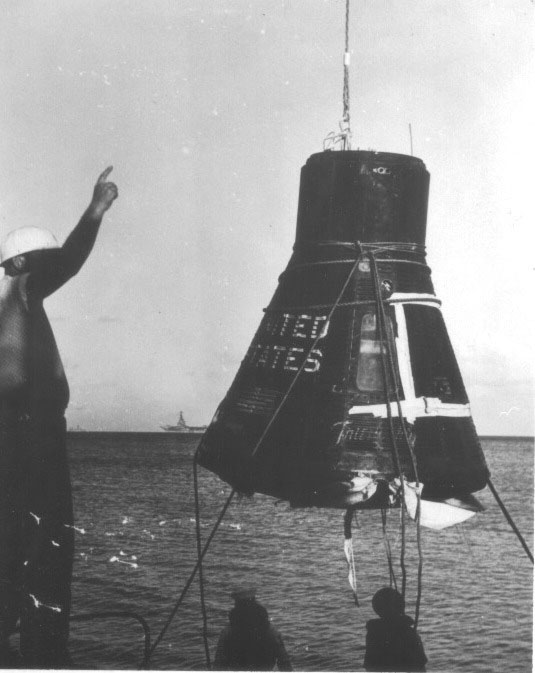Our Beginnings
How did the “The Best Little Museum in the Caribbean” or the Museum that has been recorded as “A little Gem” (Lonely Planet Guide to the Bahamas and Turks and Caicos Islands) start its life?
The Turks and Caicos National Museum was officially opened on November 23rd, 1991. However, the first thoughts of a museum had been voiced during the excavations of the Molasses Reef Shipwreck between 1982 and 1986. It was the discovery and eventual scientific recovery of the finds from this wreck that instigated the development of the Museum. Up until this date archaeological finds both on land and at sea had been taken back to the United States for conservation, eventually to be added to American museum collections or returned to the Islands where they were either stored in unsuitable conditions or lost.
This was not a state of affairs that the Molasses Reef Shipwreck excavation team found acceptable and wanted to return the items to where they belonged; The Turks and Caicos Islands. Finally, after several meetings with local residents the Interested citizens incorporate the Turks and Caicos National Museum as a nonprofit organization in 1990. They donated the Guinep House, one of the oldest buildings in the islands, to the Nation. Renovations transformed the building into a museum facility and funds were found to establish a museum that would provide environmentally stable display spaces for objects and would tell the story of the Islands.
In 1996 The Donald Keith Research building, named after the leader of the Molasses Reef Shipwreck team, was opened behind the Guinep House so that scientific research could be undertaken on Grand Turk in up to date laboratories. Now, most finds from archaeological excavations no longer need to be taken off the Islands for conservation and are added to the Museum’s collection soon after being recorded.
The nature of the Islands: high humidity and temperature, salt content in the air and small population means that there is little historical evidence of human occupation because what there was has decayed. The transient nature of the population has also seen many items removed from the Islands, usually ending up in Britain or America. The Museum has a difficult task ahead in acquiring materials related to the Islands and their Inhabitants but this is a responsibility that the staff embraces wholeheartedly. Residents and visitors alike can help by informing the Museum of anything which they feel can be added to the collection.
A Quick Guide to the Important Dates in the History of the Museum
1990 Interested citizens incorporate the Turks and Caicos National Museum as a nonprofit organization Work begins to transform the donated Guinep House into a museum facility.
1991 The Museum opens featuring the Molasses Reef Shipwreck, the oldest shipwreck excavated in the Western Hemisphere. Smaller exhibits highlight Islands life and History.
1993 Museum opens a new exhibit on the Coral Reef and Island Geology. In the same year Great Britain’s Prince Phillip visits the Museum. Enthralled by the Museum, he stays longer than scheduled.
1994 Museum wins the 1994 Caribbean American Express Preservation Award:
“For the efforts of a cooperative partnership to create a national museum in a restored historic building, to house exhibits and a collection of great educational value reflecting the highest quality of scholarship and authenticity.”
1996 Barry Dressel is appointed as the first Director to the Museum. In the same year he coordinates the publication of the first issue of the Museum’s newsletter, The Astrolabe.
1996 Captain Bob Gascoine discovers an intact Taino Indian canoe paddle in North Creek. Preserved in peat, the paddle dates to about 1100 AD. It is only the second pre-Columbian paddle ever recovered. The other, found in the Bahamas in the early part of the century, originally went to the Heye Museum in New York, which has now been absorbed by the Smithsonian.
1997 The Museum dedicates the new Donald H. Keith Science Building housing wet lab, artifact storage, workshop, lecture room, and office.
1999 The Museum Board of Trustees hires Nigel Sadler as Museum Director. Mr. Sadler brings experience and formal training in both Archaeology and museums.
The first of several museum exhibits is installed in the airport at Providenciales.
2000 The newly conserved Taino Indian canoe paddle (see 1996 above) returns to the museum where it is mounted in a special display in time to be viewed by another member of the British Family, the Duke of York.
2001 The Lucayan Gallery opens to the public
The Museum hosts the prestigious Museums Association of the Caribbean’s AGM
2001 A new display is erected in the arrivals lounge of Providenciales International Airport
2002 The Space Gallery Opens to mark the 40th anniversary of John Glenn’s arrival and the involvement of Grand Turk in the Space Race
2006 The Museum Board of Trustees hires Dr. Neal Hitch as Museum Director. Dr Hitch brings experience in history, architecture, and museum project management
2008 Dr. Donald H. Keith is elected Chairman of the Board of Trustees
2009 The Museum Board of Trustees undertakes a restructuring and hires Mrs. Patricia Saxton as Museum Director and Mrs. Jackie Garbarino as Gift Shop and Volunteer Manager
2010 The Museum Board of Trustees secures a commitment to the first parcel of land in the Village at Grace Bay from Mr. George Coggins of Jeanette Caribbean for the new branch of the Museum on Providenciales
2011 An anonymous donor commits funding to establish the Caicos Heritage House Exhibit on the property in the Village at Grace Bay.
2012 The purchase of the land in the Village at Grace Bay is finalized. A mini-exhibit is installed in the Museum Development Office. Construction begins on the Caicos Heritage House Exhibit.
2018 New museum manager Michael P. Pateman PHd is hired. Dr. Pateman brings experience and formal training in both Archaeology and museums.
